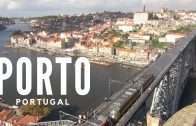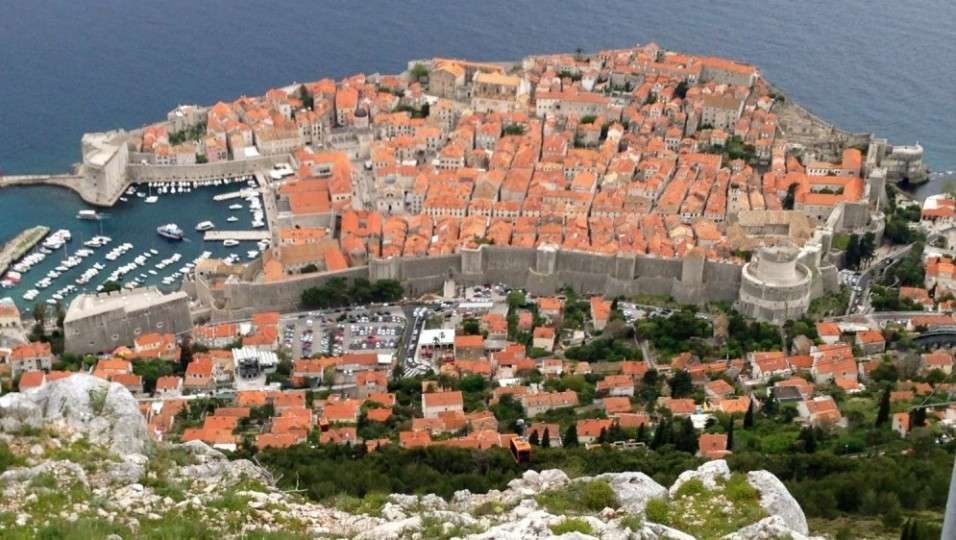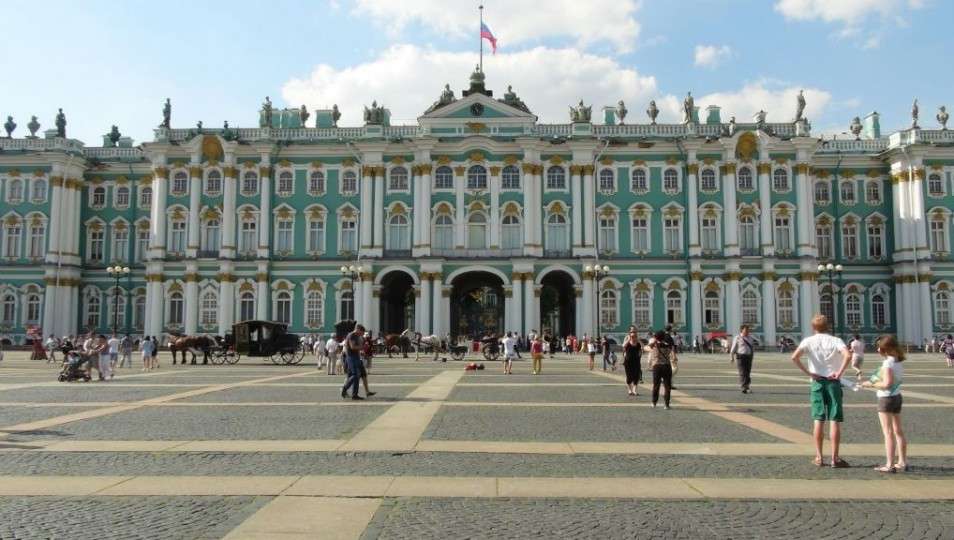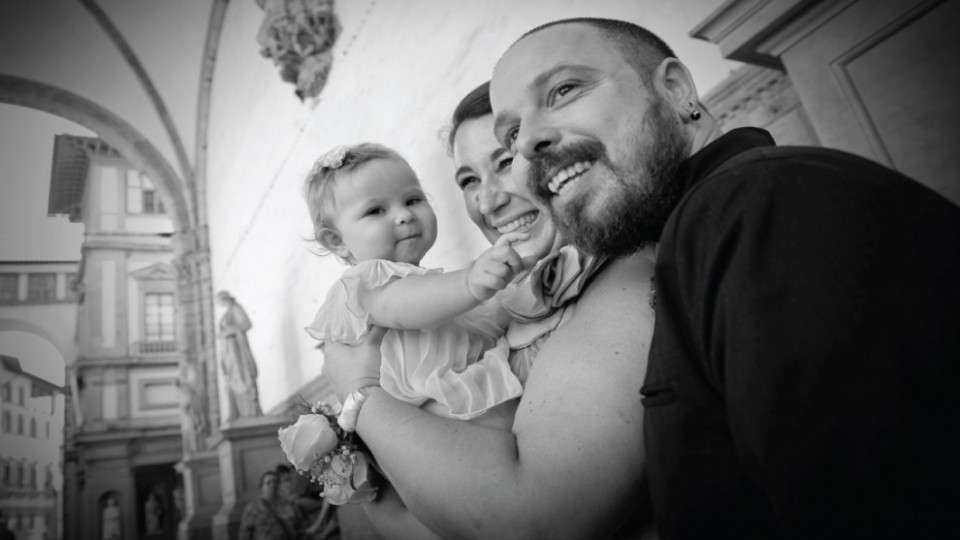Porto Portugal
A coastal city in northwest Portugal known for its stately bridges and port wine production.
Porto, also known in English as Oporto, is the second largest city in Portugal after Lisbon. Located along the Douro River estuary in northern Portugal, Porto is one of the oldest European centers, and its core was proclaimed a World Heritage Site by UNESCO in 1996, as the “Historic Centre of Porto, Luiz I Bridge and Monastery of Serra do Pilar”. The historic area is also a National Monument of Portugal.
The western part of its urban area extends to the coastline of the Atlantic Ocean. Its settlement dates back many centuries when it was an outpost of the Roman Empire. Its combined Celtic-Latin name, Portus Cale, has been referred to as the origin of the name Portugal, based on transliteration and oral evolution from Latin.
Port wine, one of Portugal‘s most famous exports, is named after Porto, since the metropolitan area, and in particular the cellars of Vila Nova de Gaia, were responsible for the packaging, transport, and export of fortified wine. In 2014 and 2017, Porto was elected The Best European Destination by the Best European Destinations Agency. Porto is on the Portuguese Way path of the Camino de Santiago.

Luís I Bridge
Ponte Dom Luís I
The double-decker Dom Luis I bridge is an icon of the city of Porto. It spans the River Douro linking the Port wine houses of Vila Nova de Gaia with the bustling downtown Ribeira district. Construction took place between 1881 and 1886 with the bridge being built adjacent to an existing bridge which it replaced. The granite pillars of the original bridge are still in place, standing on the Ribeira like a pair of gate posts.

Porto São Bento
São Bento railway station is a 20th-century railway terminal. The English translation of São Bento is Saint Benedict.

Capela das Almas
– The Chapel of Souls
The Chapel dates back to the 18th century and the exterior walls were tiled in the early 20th century with magnificent blue-and-white tile (azulejos) panels depicting scenes from the lives of various saints.
Capela das Almas, aka Chapel of Souls, is a must-see. Covered in 15,947 blue and white ceramic tiles. These individual pieces form one massive beautiful design over the entire exterior of the neoclassical Saint Catherine Chapel. The panels were added by Eduardo Leite in 1929 and were created with a nod to the Delft tiles of the 19th century.

Clerigos Church and Tower
The Clérigos Church is a Baroque church. Its 75-meter-tall bell tower, the Torre dos Clérigos, can be seen from various points of the city and is one of its most characteristic symbols.
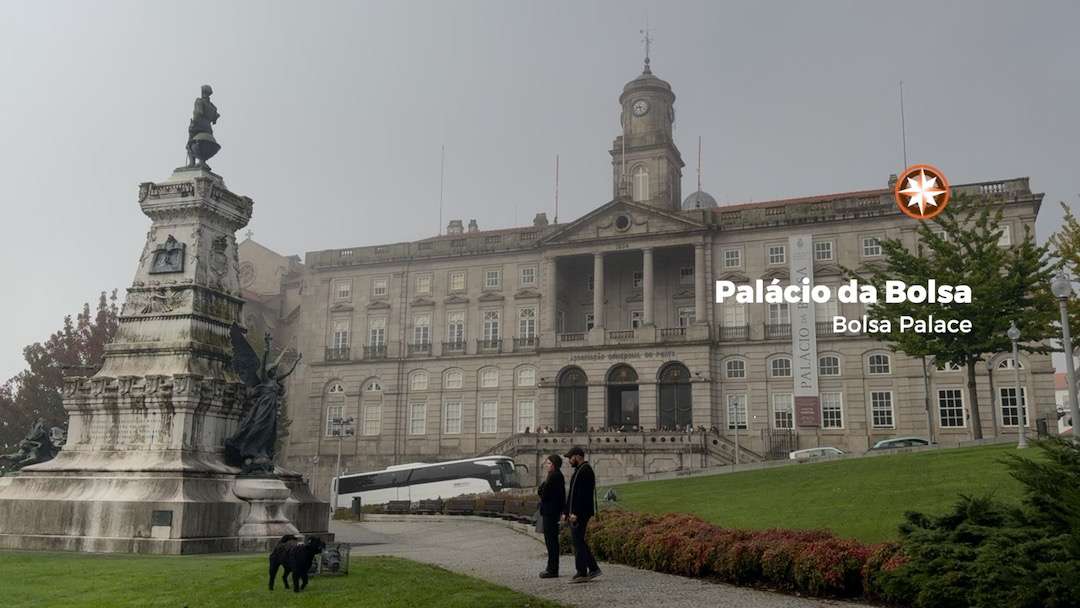
Palácio da Bolsa
The Stock Exchange Palace is a historical building. The palace was built in the 19th century by the city’s Commercial Association in Neoclassical style. It is located in the Infante D. Henrique Square in the historical centre of Porto, designated World Heritage Site by UNESCO.
Livraria Lello
Opened in 1881, the Livraria Lello & Irmão, commonly known in English as the Lello Bookstore.
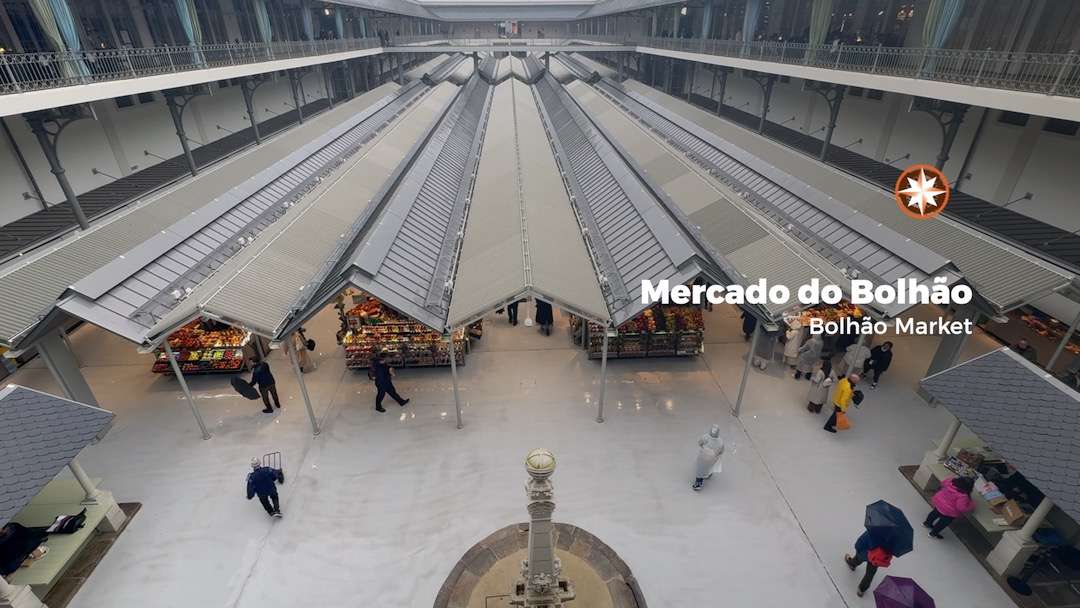
Mercado do Bolhão
The 19th-century, wrought-iron Mercado do Bolhão is mainly dedicated to fresh products, especially food. The sellers are divided into different specialized sections, namely: fishmongers, butchers, horticultural and floral areas. There are a few restaurants and areas where you can sit down for a bite to eat.

Porto Cathedral
A Roman Catholic church located in the historical centre, is one of the city’s oldest monuments and one of the most important local Romanesque monuments.
diocese-porto.pt/pt/catedral-do-porto
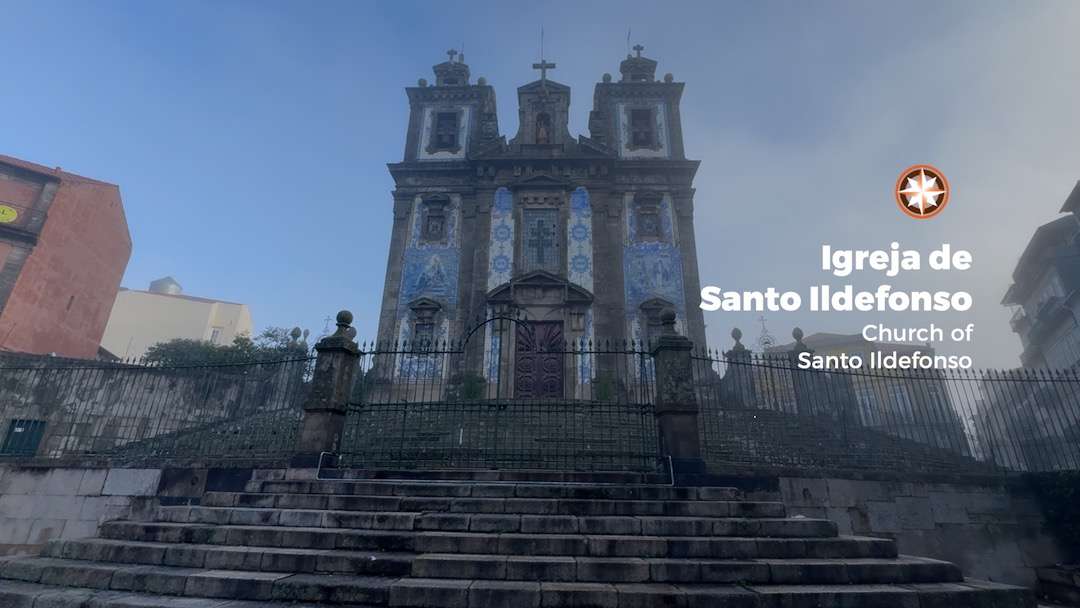
Igreja de Santo Ildefonso
An eighteenth-century church located near Batalha Square. Completed in 1739, the church was built in a proto-Baroque style and features a retable by the Italian artist Nicolau Nasoni and a façade of 1932 azulejo tilework.
Church of São Francisco
The most prominent Gothic monument noted for its outstanding Baroque inner decoration. Located in the historic centre of the city, declared World Heritage Site by UNESCO.
ordemsaofranciscoporto.pt/museu
Igreja de Santa Clara
Construction of the church began in 1416 alongside the Santa Clara Convent for use by nuns of the Order of Poor Clares. The nuns settled in the church in 1427, which was eventually completed in 1457.
